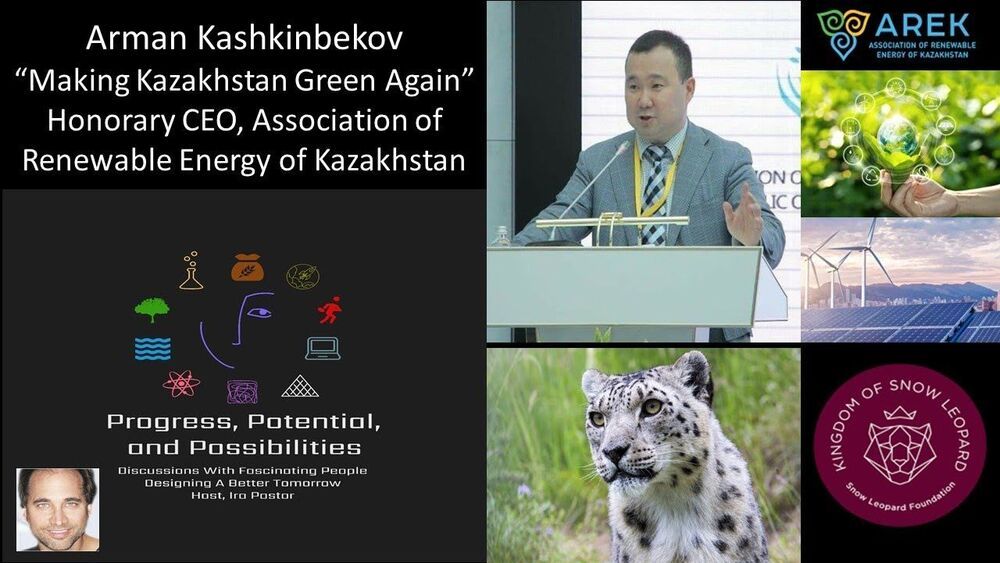
Total semiconductor shipments including shipments of ICs as well as optoelectronics, sensor/actuator and discrete (O-S-D) devices are forecast to rise 13% to a record high of 1.135 trillion units in 2021, according to IC Insights. It would mark the third time that semiconductor units have surpassed one trillion units in a calendar year — the first time being in 2018.
The 13% increase follows a 3% increase in 2020 as the COVID-19 pandemic was wreaking havoc across many segments of the economy, IC Insights indicated. From 1978, when 32.6 billion units were shipped, through 2021, the compound annual growth rate (CAGR) for semiconductor units is forecast to be 8.6%. The strong CAGR also demonstrates that new market drivers continue to emerge that fuel demand for more semiconductors.
Between 2004 and 2007, semiconductor shipments broke through the 400-, 500-, and 600-billion unit levels before the global financial meltdown led to a steep decline in semiconductor shipments in 2008 and 2009. Unit growth rebounded sharply in 2010 with a 25% increase and surpassed 700 billion devices that year. Another strong increase in 2017 (12% growth) lifted semiconductor unit shipments beyond the 900-billion level before the one-trillion mark was surpassed in 2018, IC Insights said.
















